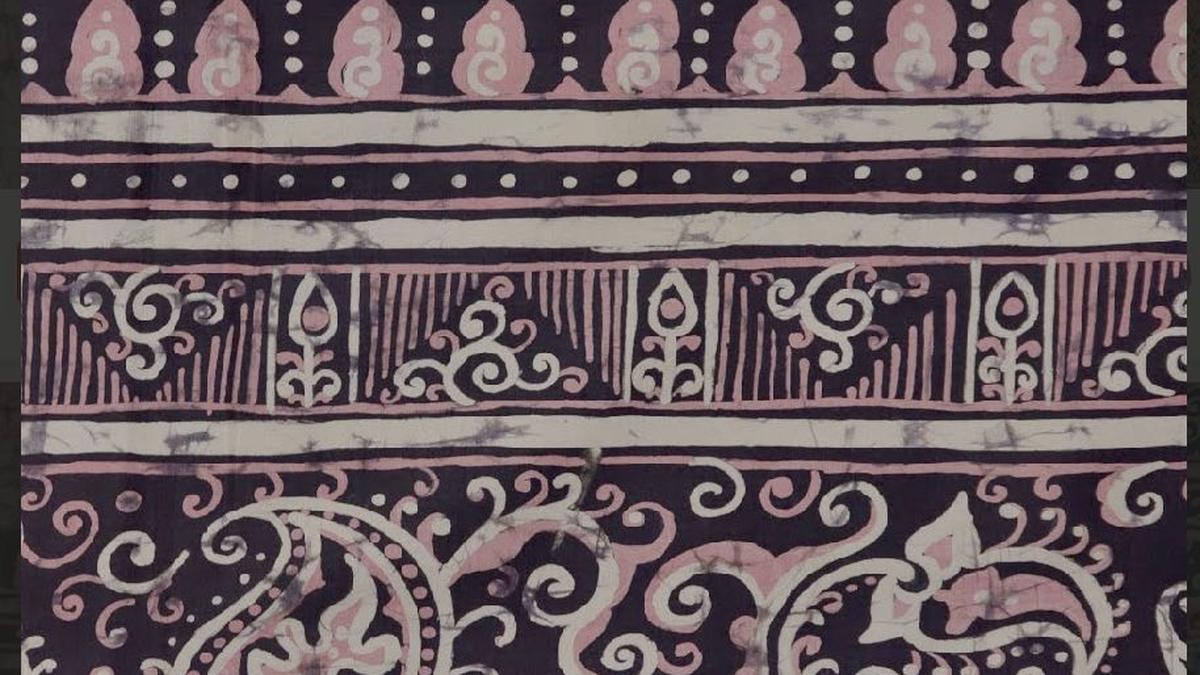
A show on Tagore that Bengal wears, not just hears
The Hindu
Explore the Tagore family's impact on Bengal's textile heritage through a two-day show in Kolkata, highlighting colonial-Brahmo fashion fusion.
The role of the Tagore family, for a change, as trendsetters in fashion of that era — fusing colonial-Brahmo dress codes, pioneering Batik in Santiniketan, and fostering a Swadeshi aesthetic that shaped Bengal’s cultural fabric — will be in spotlight in a two-day show that begins in Kolkata on Friday (Febriary 21, 2025).
Titled Tagore & Textiles: Santiniketan and Beyond, the event, presented by Weavers Studio Resource Centre, will be held at Kolkata Centre for Creativity and is expected to be “an immersive exploration of the Tagore family’s enduring influence on Bengal’s textile heritage”, the primary idea being to familiarise the younger generation with their contribution.
“I think for a lot of people it will be two days of learning new things and linking textile history to larger cultural practice. It is important for younger people to understand the links between larger issues such as swadeshi and nationalism and how that reflected in the educational institution of Tagore that Gandhi also visited. Also, it is important to see the sort of internationalism that reflected in the aesthetics of Tagore’s role — drawing from Batik techniques from Java which he introduced to Kala Bhavan, the motifs from Ajanta-Ellora which were introduced through a revival project,” curator Sangeeta Datta told The Hindu.
“The Tagore family was pioneering in creating a new vocabulary in music, performance, literature and dress codes. Jnanadanandini, Rabindranath’s sister-in-law, introduced the modern way of wearing a saree along with fashionable shirt blouses. This was the time when women were stepping out from the inner quarters to the public sphere. Then, during nationalism, Santiniketan students were inspired to wear handloom and also learn to spin and weave. This went hand in hand with rural industry development and crafts like leatherwork, specialised batik and kantha.” Dr. Datta said.
The event will include a talk on evolution of Batik from craft to art Visva-Bharati scholar Esha Mukherjee, a talk on Sriniketan and its pioneering work in artistic crafts by Uma Das Gupta (former research professor at Indian Statistical Institute, Kolkata), and a choreographed fashion show by Neelay Sengupta, exploring colonial modernity and Brahmo dress codes in Bengal.
“These two days will not only give one access to the forgotten history of Bengal’s sartorial transformation but also inform one about the process that has now manifested into the fashion we follow today. The colonial influences were not always apparent, but embedded in the underbelly of human experiences in the form of changes in their forms of dressing and public interface,” said Darshan Shah, founder of Weavers Studio Resource Centre.
“Attendees will learn about Rabindranath Tagore’s influence on Indian textiles, his role in promoting indigenous weaves in connection to his contrasting view of nationalism vis-a-vis Gandhian notion of nationalism. Participants will also discover the socio-cultural significance of textiles in Tagore’s works, from literature to stage performances,” Mr. Shah said.













